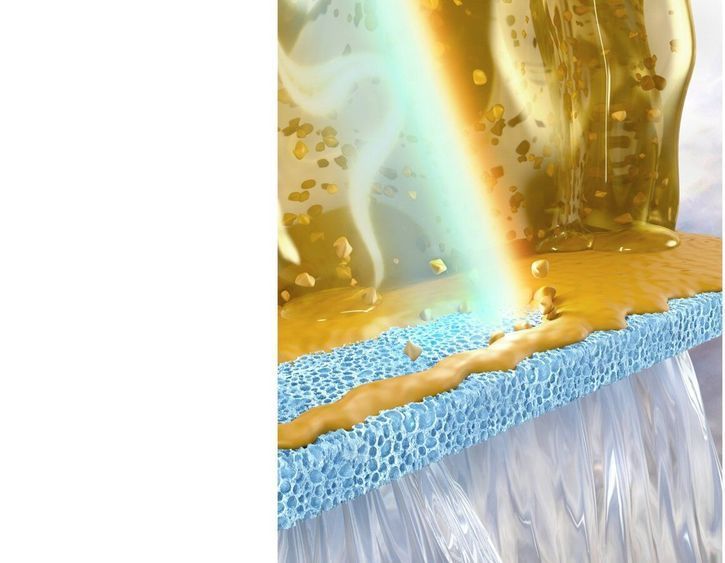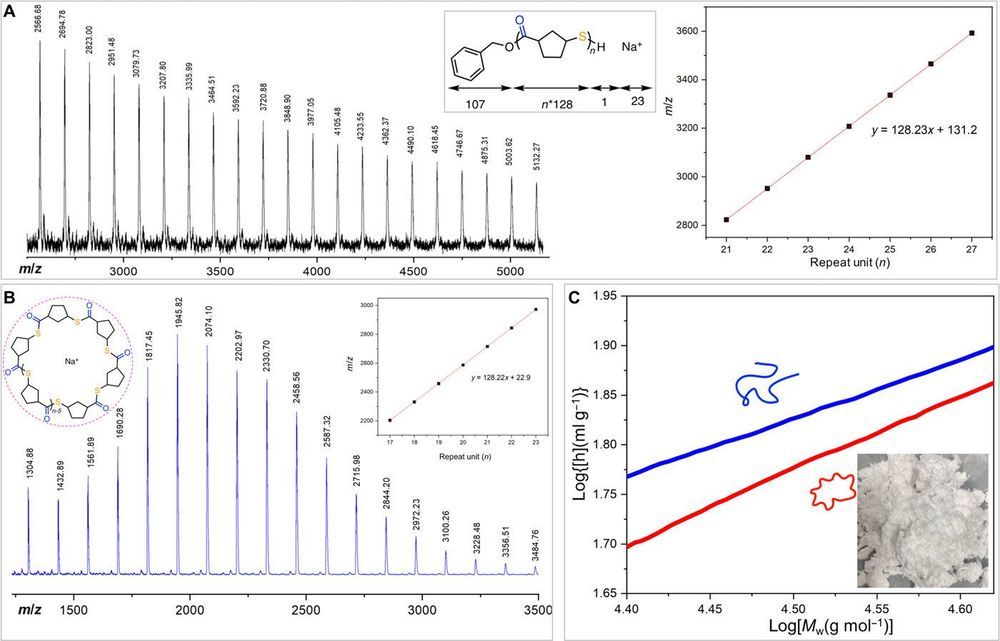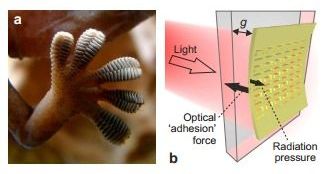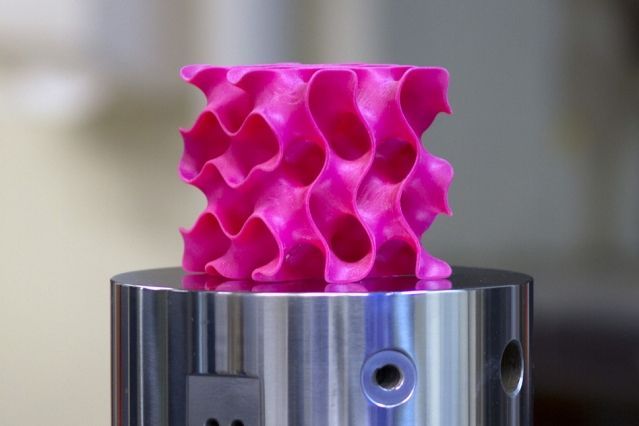Untangling the origins of Beelzebufo — the giant frog that lived alongside the dinosaurs — turns out to be one of the most bedeviling problems in the history of amphibians.
Thank you to these paleoartists for allowing us to use their wonderful illustrations:
Ceri Thomas: http://alphynix.tumblr.com/
Nobu Tamura: https://spinops.blogspot.com/
Julio Lacerda: https://252mya.com/gallery/julio-lacerda
This video features this paleogeographic map: Scotese, C.R., 2019. Plate Tectonics, Paleogeography, and Ice Ages, YouTube video: https://youtu.be/UevnAq1MTVA.
Here are the two of the papers we reference in this video:
Evans SE, Groenke JR, Jones MEH, Turner AH, Krause DW (2014) New Material of Beelzebufo, a Hyperossified Frog (Amphibia: Anura) from the Late Cretaceous of Madagascar. PLoS ONE 9: e87236. https://doi.org/10.1371/journal.pone.
Lappin, A.K., Wilcox, S.C., Moriarty, D.J. et al. Bite force in the horned frog (Ceratophrys cranwelli) with implications for extinct giant frogs. Sci Rep 7, 11963 (2017). https://doi.org/10.1038/s41598-017-11968-6
Produced in collaboration with PBS Digital Studios: http://youtube.com/pbsdigitalstudios







